Daihatsu Copen introduces 3D printed custom jobs
STRATASYS TECHNOLOGY LETS BUYERS CREATE UNIQUE PANEL TEXTURES
Car customisation is big business already, but thanks to 3D printing it could be about to reach new heights. Printing specialists Stratasys have just announced a collaboration with Daihatsu that will let people personalise their vehicles like never before.
Part of the ritual of choosing a new car is deciding what colour to buy, but if you’re looking at Daihatsu’s new Copen roadster you can go a lot further than that. As well as a traditional paint job, parts of the car will be enhanced with “effect skins” to create a different texture or even shape – and what they look like will be under the full control of the owner.
The Copen’s effect skins are trim panels either side of the car’s nose. Daihatsu offer a range of designs, ranging from simple geometric ones to organic-looking mounds. Unlike most custom options, though, you aren’t restricted to the library of options Daihatsu give you. Instead, each design can be adjusted, tweaked and personalised by the buyer. Once you’re happy with it you send it to Daihatsu; in turn they send it to Stratasys, who print the panels in ASA plastic. This is a tough, UV-resistant material that can stand the wear and tear of being at the front of a performance car, and the use of a fused deposition printer means custom parts can be produced very quickly – a matter of days instead of the months needed for conventional manufacturing. You can order your custom skins and they’ll be printed while Daihatsu add the other options to your new car, just in time for final assembly.
Daihatsu say they’re looking at even larger scale cooperation in the future. With Stratasys’s print technology available there are few limits to customisation. Non-structural plastic panels open up all sorts of possibilities. Right now you can create unique, personalised textures; in the future it should be possible to design your own panel shapes as well, tweaking the curves and angles until they’re just the way you want them. That’s impossible with traditional car manufacturing, but with 3D printing it isn’t even difficult.
The main print system used for the Copen project is the Stratasys Fortus series. These can print in a range of thermoplastics and the largest, the Fortus 900mc, has a build envelope of 36x36x24 inches. That’s large enough to create quite substantial panels, and the build envelope is only going to expand as the technology improves. Printers that can create a whole wing, bonnet or door are just over the horizon – and when they appear, it won’t be long before forward-thinking manufacturers start to use them for custom panels.
There isn’t even any reason why customization should cost extra at this point. Much of the design work is done by the buyer, and if the panels are being printed anyway there’s little or no extra cost in printing a custom one. In a few years it’s possible we’ll all be driving cars that we’ve helped design ourselves, and 3D printing is the only technology that makes this possible.

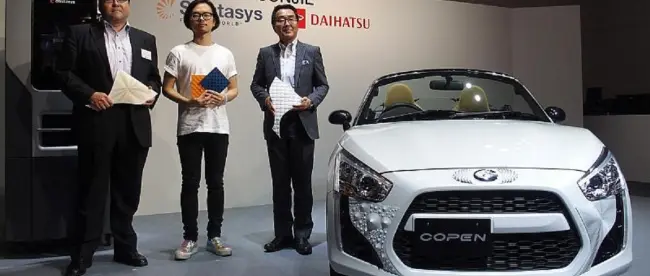
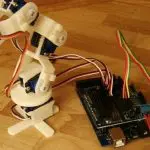
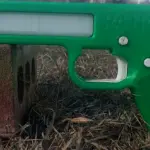
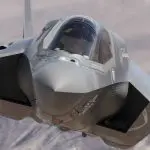
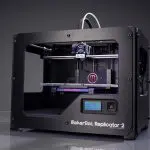
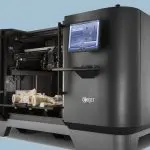

Leave a comment
You must be logged in to post a comment.